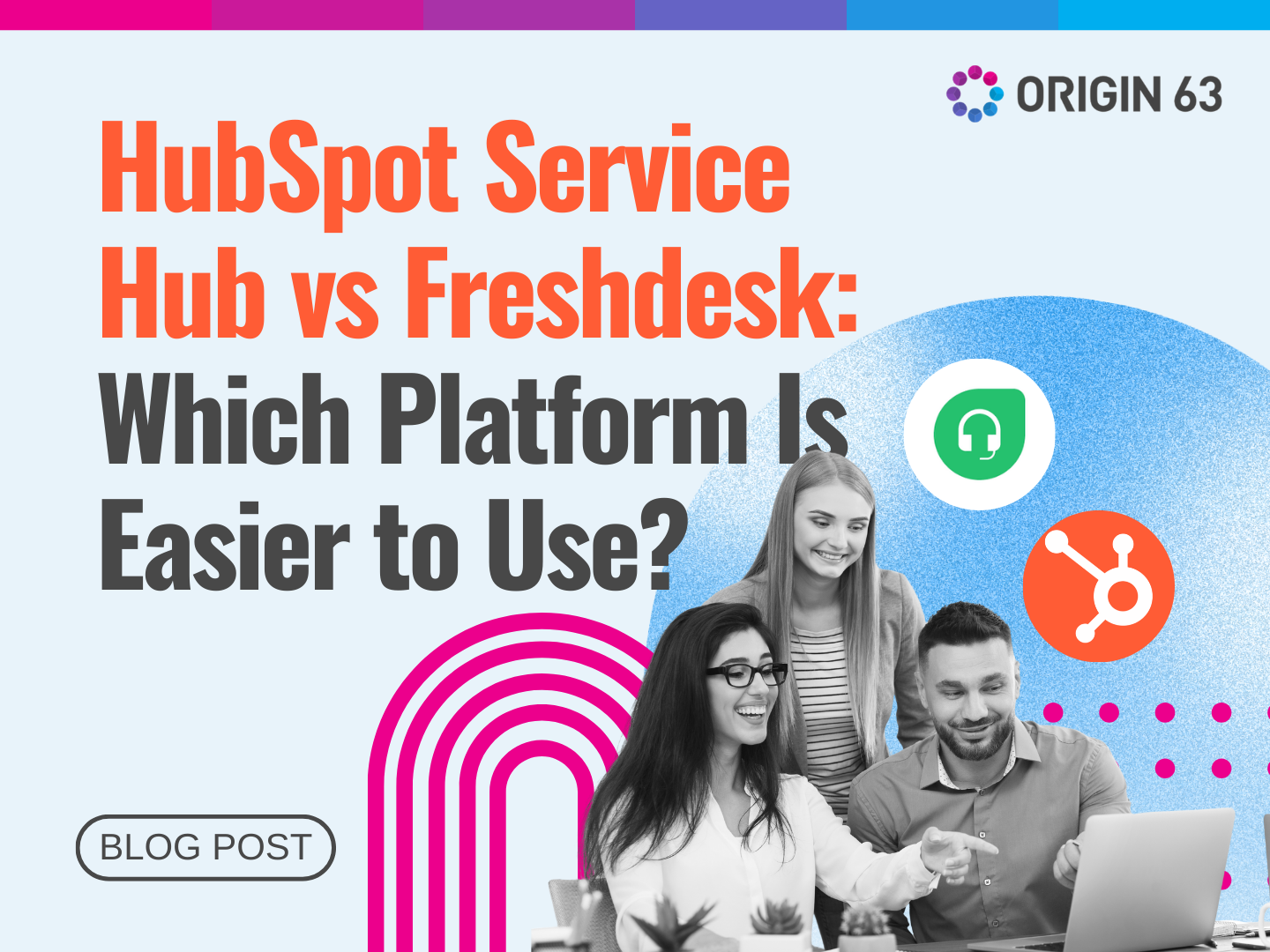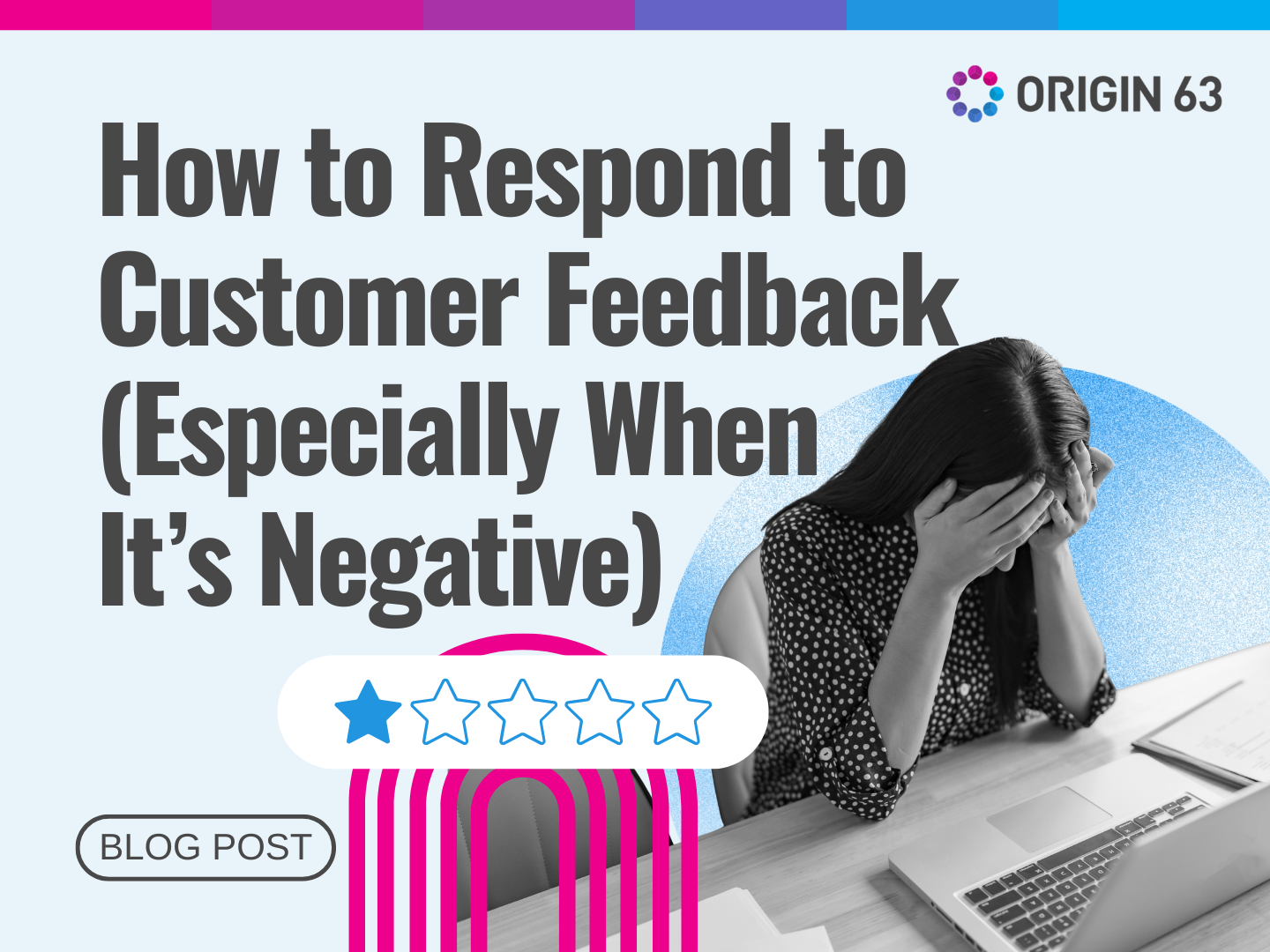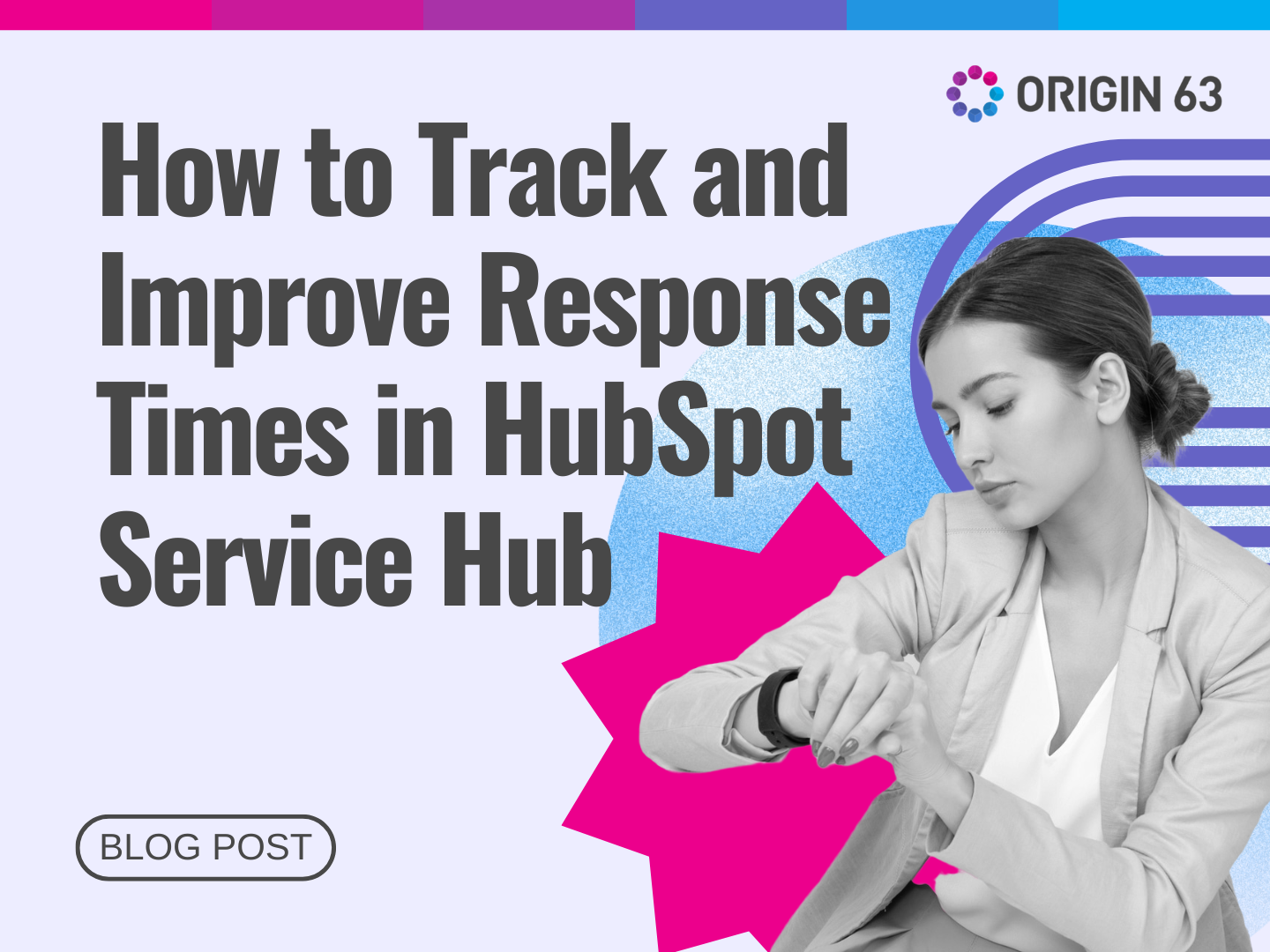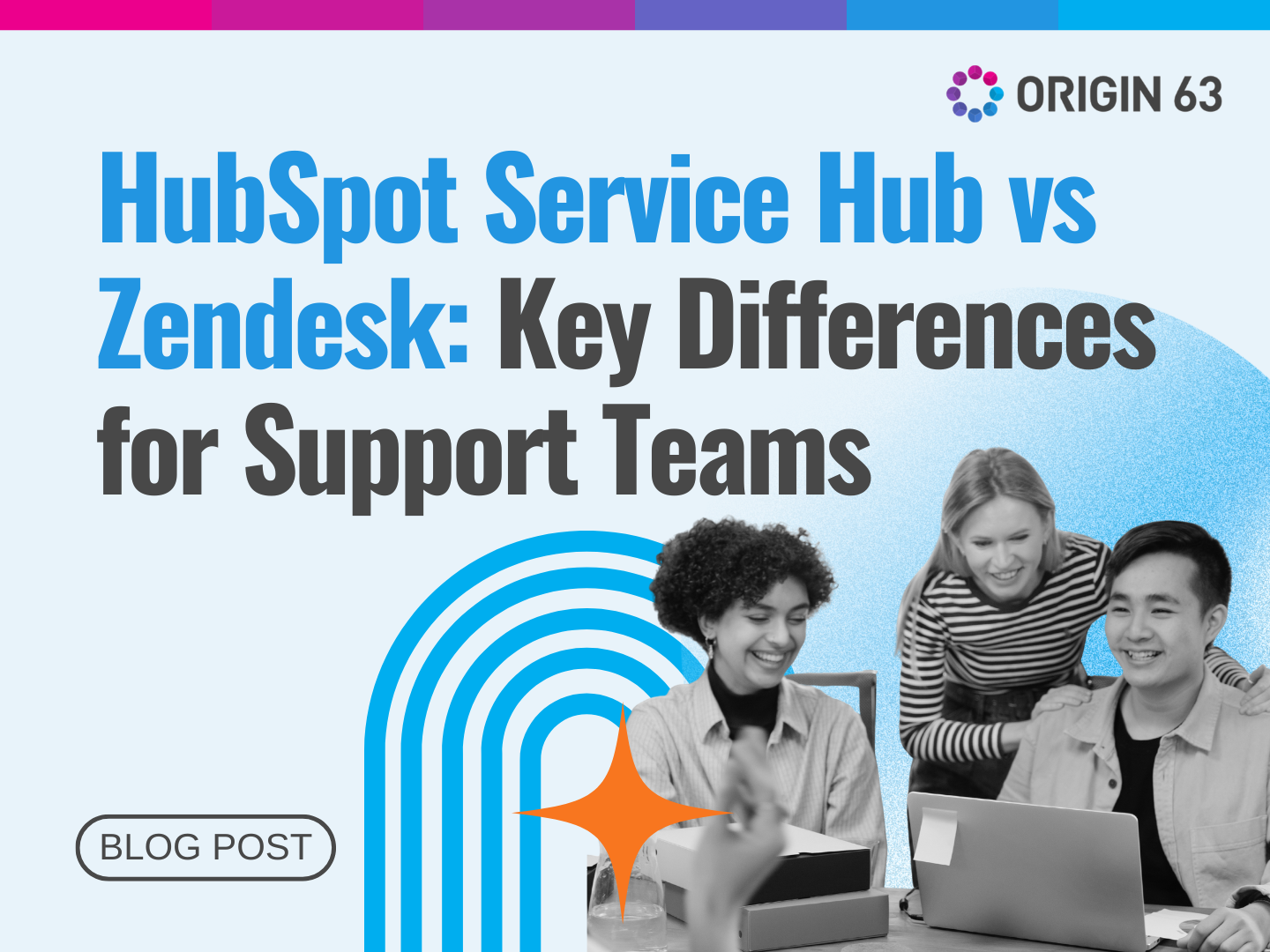Customer Success Operations (CS Ops) helps your team support customers after they sign on. It keeps things running smoothly by ensuring customers get what they need, stay engaged, and keep choosing your business.
HubSpot makes this work easier. It gives you tools to automate tasks, track key data, and keep everyone aligned in one place—so nothing falls through the cracks.
In this guide, we’ll walk through what CS Ops is, how HubSpot helps, and how to set it up step by step. You’ll also get tips on moving your tools into HubSpot, avoiding common mistakes, and creating a system that supports customers from onboarding to renewal.
The Role of Customer Success Operations in Business Growth

You’ve worked hard to win new customers. But keeping them? That’s where the real growth happens.
Customer Success Operations (CS Ops) helps with that. It gives your team the tools and systems to build strong, lasting relationships—so customers don’t just stay; they grow with you.
Existing customers can drive up to 50% of a company’s revenue growth. That’s a huge opportunity. But only if your team can stay ahead of customer needs, and that’s what CS Ops is built for.
It also helps everyone stay in sync. Sales, Support, and Marketing all see the same customer info in one place. That means smoother handoffs, better timing, and fewer dropped balls.
And if you’re using HubSpot, you can track the numbers that show how you’re doing. Like:
- Retention rate – how many customers are staying
- NPS (Net Promoter Score) – how likely customers are to recommend you
- Churn rate – how many are leaving
- Customer health scores – how each account is doing overall
With CS Ops, you’re not guessing. You’re using data to focus on what matters, keep customers happy, and grow your revenue over time.
Top 4 Features of HubSpot’s Customer Success Workspace
HubSpot’s Customer Success Workspace is built to help your team stay organized and take action fast. It gives you one place to manage your entire customer base—from tracking key health metrics to sending helpful follow-ups.
Here are four features that make it easier to keep customers happy and reduce churn:
1. Customer Records and Timeline Tracking
Your team needs to see the full story of each customer, and that’s exactly what this feature gives you. With timeline tracking, you can view all interactions—emails, meetings, support tickets, and product usage—in one clean, scrollable view.
This helps your reps prepare for check-ins, spot issues before they grow, and understand the full context before reaching out. No more digging through multiple tools just to get the basics.
2. Automated Workflows and Task Assignments

Reps can’t stay on top of everything manually—and they shouldn’t have to. HubSpot’s automation tools let you build workflows that trigger actions based on what’s happening with each customer.
You can set up automatic follow-up emails, assign tasks when health scores drop, or send renewal reminders at just the right time. This keeps things moving without needing to micromanage every detail.
3. Ticketing and Proactive Support Tools
Support issues are easier to handle when they’re visible in the same place you manage relationships. The ticketing system in the workspace helps you track open requests and ensure they get resolved quickly.
You can also use health scores and product usage data to reach out before problems even come up. This turns your team into a proactive support crew—not just one that reacts when things go wrong.
4. Integration with Sales and Marketing for Unified Data
CS Ops doesn’t work in a vacuum. The workspace connects directly to HubSpot’s Smart CRM, so your team sees everything Sales and Marketing see too—contact details, deal history, lifecycle stage, and more.
This shared view means smoother handoffs, better timing on outreach, and one clear picture of each customer. It’s especially helpful for teams managing renewals or expansion opportunities.
How to Use the HubSpot Customer Workspace Effectively
Once you’ve set up the Customer Success Workspace in HubSpot, the real work begins—using it to keep customers happy, reduce churn, and stay one step ahead.
The good news? You don’t need to guess what to do next. HubSpot gives you tools to plan your outreach, automate your day-to-day, and learn from the data in front of you. Here’s how to use the workspace in a way that actually helps your team stay focused and proactive.
1. Set Up Workflows for Proactive Outreach
Don’t wait for customers to raise a hand. Use workflows to reach out before problems come up. For example, you can create a workflow that triggers an email or task when a customer’s health score drops below a certain point.
Or one that nudges your team to check if product usage drops. This setup helps you spot risks early—and act before it’s too late. It’s a simple change, but it makes a real impact.
2. Automate Follow-Ups and Renewals

Reps have a lot on their plates. Automating follow-ups means fewer dropped balls and more consistent touchpoints—especially around renewals.
You can set tasks to remind reps to check in 30, 60, or 90 days before a contract ends. You can also automate emails to keep communication between meetings or nudge customers to schedule a review.
This keeps you at the top of your mind without adding extra work to the team’s day. When you combine this with health score alerts, you have a system that ensures no account slips through the cracks.
3. Customize Reports for Better CS Insights
Your workspace is only as helpful as the data you’re looking at. Take time to build reports that show what matters most to your team.
Start simple: customer health trends, upcoming renewals, support volume, and product usage. Then, tailor those reports by segment—like high-value customers or new onboardings—so you can see patterns and act fast.
Businesses that track CS metrics regularly tend to perform better across the board. One study shows that only 22% of B2B companies measure and act on customer experience—which means getting this right already puts you ahead of most teams.
Best Practices for Migrating Tools into HubSpot for CS Ops
Moving your customer success setup into HubSpot can be a big lift—but it doesn’t have to be chaotic. With the proper steps and a little planning, you can set up your system to support your team and make things easier for your customers, too.
Let’s walk through what to focus on before, during, and after the move to keep everything running smoothly.
1. Pre-Migration Planning
Before anything else, take time to review your current tools and workflows. This is your chance to find what’s broken, missing, or messy.
Are your customer records scattered across platforms? Are team members using workarounds just to get through their tasks? List those gaps so you know what needs fixing in the new setup.
Next, clean your data. That means checking for duplicate records, outdated contact info, and missing fields that could slow things down later. A clean starting point gives your HubSpot workspace the best chance of working the way it’s meant to.
Finally, set clear goals. Think about what you want this move to do for your team. Is it better visibility across accounts? Faster follow-ups? Fewer dropped renewals? Knowing what matters most will help you decide how to structure your new workflows and reports in HubSpot.
Companies investing time in this early planning stage tend to see more substantial adoption and fewer problems.
2. Execution and Data Integrity

When it’s time to start the actual migration, don’t rush it. A phased rollout usually works best. Start with one workflow or team, test how things work, and adjust from there. This keeps the rest of your team productive while you iron out the process.
Be careful with how your data is mapped. Fields from your old system should match up with fields in HubSpot, especially if you're tracking things like support history, product usage, or contract dates.
If you skip this step or rush through it, your reports could become confusing or useless.
After the data is in, double-check everything. Ensure timelines look right, health scores pull the right inputs, and customer views are complete. It’s easier to fix things now than after your team starts relying on the system.
A structured, careful migration helps reduce stress, keeps customers from noticing gaps, and protects your team from burnout.
3. Ensuring Adoption and Long-Term Success
The tools only work if people use them—and use them the right way. That’s why adoption matters just as much as setup.
Start by offering hands-on training sessions that walk people through your actual workflows. Don’t just show features; show how they’ll use them daily. You’ll also want to assign one or two “power users” or CS Ops champions to the team.
These are the go-to people who can answer quick questions, spot problems early, and keep everyone aligned.
Over time, use HubSpot’s built-in reporting to see how well the team uses the tools. Are tasks being completed on time? Are follow-ups happening before renewals? Are health score alerts being acted on?
Watching these patterns can help you tweak your process and improve how the system supports your team.
Common Pitfalls and How to Avoid Them
It’s easy to assume Customer Success Operations is just another support function. But treating it that way—and skipping key setup steps—can lead to missed renewals, low adoption, and customers slipping away without warning.
Let’s go over some of the most common mistakes teams make when building CS Ops in HubSpot and how to avoid each one.
Mistake #1: Thinking CS Ops Is Only About Support

Many teams assume CS Ops is mainly about solving problems or answering tickets. But it’s much more than that. It’s about helping customers succeed over time, using data to guide the way, and creating a system that supports growth.
When you treat CS Ops as a strategic function, you can focus on preventing issues before they start, not just reacting when things go wrong.
This shift in mindset helps teams keep more customers and create better experiences—mainly when you use tools like health scores and automated outreach to stay ahead.
And here’s why that matters: satisfied customers don’t just stick around—they also buy more. In fact, 86% say they’re willing to pay more for a better experience.
Mistake #2: Treating HubSpot’s Workspace Like Just Another Dashboard
Some teams open the Customer Success Workspace and assume it’s just a place to look at data. But this isn’t just a dashboard—it’s a workspace built for action.
You can set up alerts, trigger workflows, automate renewals, and collaborate across Sales and Support all in one view. If your team only uses it to check health scores or log notes, you’re leaving a lot of value on the table.
The more your team builds daily habits around the workspace, the more it becomes the engine of your customer success strategy—not just a reporting tool.
Mistake #3: Migrating Data Without Fixing the Process
Moving tools without fixing your workflows is like organizing a messy closet without throwing anything out. Everything’s in one place, but it’s still a mess.
Before migrating into HubSpot, take time to review how your team works. If renewals are slipping through the cracks or follow-ups are missed, don’t assume a new tool will solve it. Use the move as a chance to rebuild your process smarter and cleaner.
HubSpot can support the strategy, but you need to design it first.
Mistake #4: Ignoring User Adoption After the Setup
Getting the system in place is only the beginning. If your team doesn’t feel comfortable using it—or doesn’t see the value in using it daily—it won’t stick.
After launch, keep offering support. Run refreshers, gather feedback, and adjust the system based on your team's needs. Adoption takes time, but it’s worth the effort. Because if you don’t build it into your team’s rhythm, you’ll return to scattered tools and lost context.
This is important not just for internal efficiency but also for customer retention. A recent study found that the average churn rate in B2B is 4.9%. That might sound small, but even a few lost customers can mean a big hit to your growth.
Case Studies & Real-World Success Stories

Customer Success Ops isn’t just theory—it’s working for real companies making big changes. Three teams used HubSpot to improve their workflows, fix issues, and drive better results.
Salesforce to HubSpot: A B2B Software Company Cleans Up Sales Ops
This B2B software company had outgrown its Salesforce setup and needed a system to keep pace with its growth.
With Origin 63’s help, they moved to HubSpot, restructured their sales lifecycle, redesigned lead stages, and built a new reporting system that gave leadership better visibility.
They also ran a pilot program inside HubSpot to fine-tune processes before rolling it out company-wide. In just three months, they hit $2M in sales, doubled their lead-to-opportunity conversion rate, and cut their response time from 28 days to under 7.
Zendesk to HubSpot: An E-Shipping Company Reduces Disruption
This e-shipping company had a low adoption of Zendesk and needed a better way to manage tickets. After switching to HubSpot, they reworked how tickets were organized using custom properties and added automation to assign them to the right reps.
The team also built dashboards inside the Service Hub to get more precise insights on ticket trends. These changes gave reps the visibility and structure to respond faster and stay on top of customer needs.
Sierra Interactive: From Manual Work to Full Adoption in 30 Days
Sierra Interactive was dealing with messy ticketing and hours of manual reporting in Excel. They moved to HubSpot Service Hub and used API-powered ticket migration to preserve all their historical data, including notes, attachments, and email logs.
They added new dropdown fields and ticket stages to match how the team worked. They also set up automated ticket routing and built feedback surveys sent out after each resolution. Thanks to this setup—and thorough team training—they saw full adoption within 30 days.
Takeaways & Next Steps
Customer Success Operations isn’t just about fixing problems—it’s about setting your team up to help customers succeed at every step. When done well, it leads to higher retention, stronger relationships, and more room to grow.
HubSpot gives you the tools to build that kind of system. With features like health score tracking, workflow automation, and a shared customer view, your team can work faster, stay aligned, and take action before issues turn into churn.
To make it work, start with a strong setup. Plan your migration carefully, clean your data, and focus on adoption—not just implementation. Then, HubSpot’s reports will be used to keep improving over time.
Happy customers don’t just stay—they spend more. That means investing in CS Ops isn’t just the right thing for your customers. It’s the smart move for your business.
Ready to Level Up Your Customer Success in HubSpot?
Work with Origin 63 to build a CS Ops system for your team and your customers. From setup to migration to long-term adoption, we’ll help you make the most of HubSpot’s Customer Success Workspace. Let’s set up a call today!














.png?width=90&height=90&name=Arrows%20Partner%20Badge-test%20(1).png)

